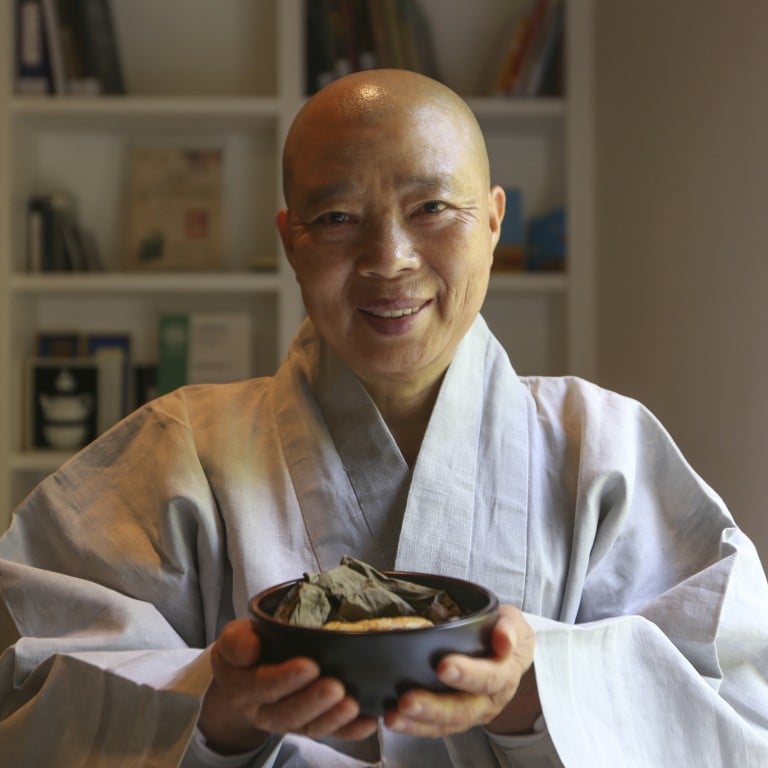How Netflix’s Chef’s Table star Jeong Kwan put temple food on the map in Korea – and where to taste the best

South Korea’s answer to culinary tourism, temple food, is made from home-made, meatless ingredients and locally-sourced vegetables, and is used to practise Buddhism
In 2017, Jeong Kwan introduced the world to Korean temple food on the popular Netflix show, Chef’s Table. But the initiative to educate tourists about Korea’s version of healthy gourmet started 15 years earlier.
In 2002, South Korea launched its Templestay programmes, which have become a successful tourism initiative. These have been operated by the Jogye Order of Korean Buddhism to show visitors what life is like as a monk or nun.
Jeong Kwan continues to teach visitors as well, but protests she is not a typical chef. “I’m not a chef but a nun,” she says, adding that she uses food to practise Buddhism. “Temple food” – as its name suggests – is eaten by monks and nuns in temples. But in Korean Buddhism, this reference may come up a bit short. Here, temple food is considered one of the ways to exercise Buddhist teachings, including growing the ingredients that are used to make dishes.
This particular cuisine excludes the use of meat, fish and any artificial flavour enhancers because they are thought to hinder spiritual practise and boost energy, and may also obstruct meditation. There are also five pungent, wild herbs called oshinchae – spring onion, garlic, leek, chive and wild chive – that are forbidden in cooking because they are considered to be aphrodisiacs, and the purpose of this cuisine is to avoid any foods that create desire. They use only seasonal vegetables, as well as soybean paste and soy sauce that are home-made at the temples. The reason is to pay tribute to their reverence for all living things and to live in harmony with nature.
If a quick cooking class isn’t enough for you, the aforementioned Templestay programmes may be a more satisfying experience. There are 137 participating temples across the country, with some allowing you the opportunity to cook your own temple food dishes.
You may get the chance to cook with Jeong Kwan if you decide to stay at Baekyangsa Temple where she practises. Founded during the reign of Baekjae King Mu (600BC to 641BC), the temple is known as a Seon Centre (meaning “Zen”).